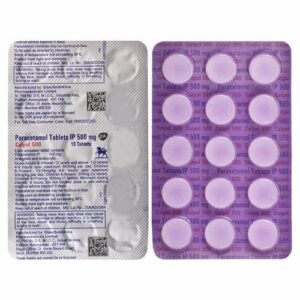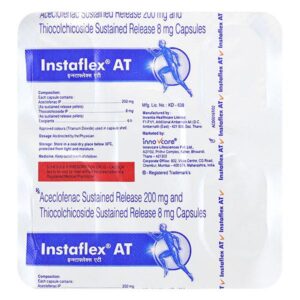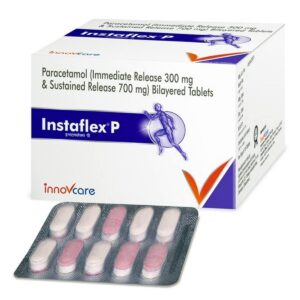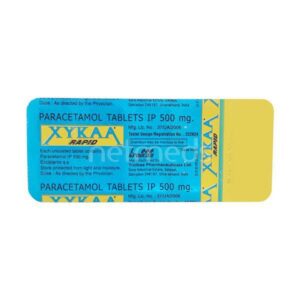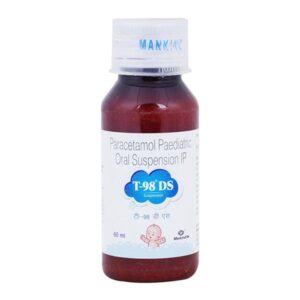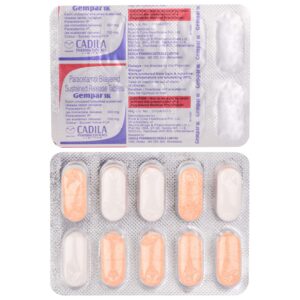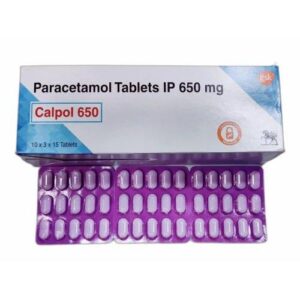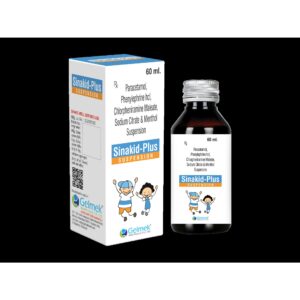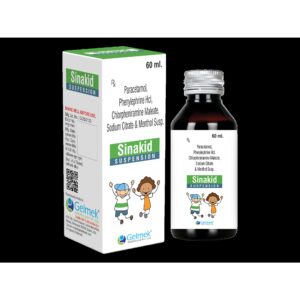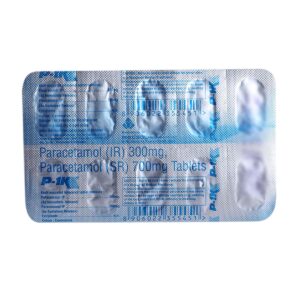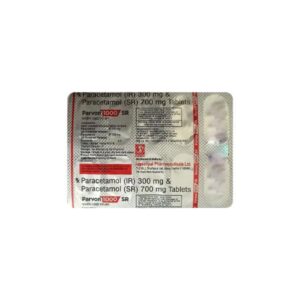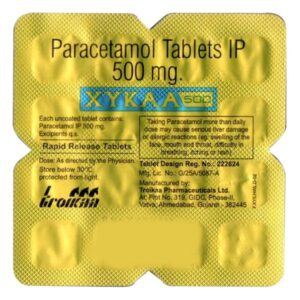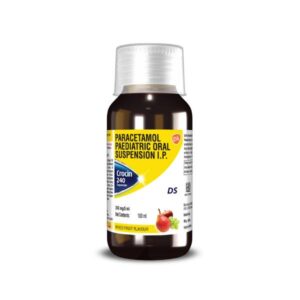PARACETAMOL (ACETAMENOPHEN)
PARACETAMOL (ACETAMENOPHEN): Paracetamol, also known as acetaminophen, is a commonly used over-the-counter medication for pain relief and to reduce fever. It belongs to the class of drugs known as analgesics and antipyretics.
The exact mechanism of action of paracetamol is not fully understood. It is thought to work by inhibiting the synthesis of prostaglandins, which are responsible for pain and fever signals in the body. Paracetamol is believed to work primarily in the central nervous system to relieve pain and reduce fever.
Paracetamol is commonly used to alleviate mild to moderate pain such as headaches, toothaches, menstrual cramps, muscle aches, and backaches. It can also be used to reduce fever caused by flu or other viral infections. Paracetamol does not have any significant anti-inflammatory properties, so it may not be as effective in reducing inflammation.
The standard adult dose of paracetamol is usually 500-1000 mg every 4-6 hours, up to a maximum daily dose of 4000 mg. It is important to follow the recommended dosage and not exceed the maximum daily dose, as excessive paracetamol intake can cause liver damage.
While paracetamol is generally considered safe when used as directed, it can have side effects. The most common side effect is liver damage, particularly when taken in excessive doses or combined with alcohol. Other side effects may include nausea, vomiting, abdominal pain, and allergic reactions such as skin rashes or swelling. Rarely, paracetamol can cause blood disorders or serious skin reactions.
It is important to note that paracetamol may interact with certain medications, such as blood thinners or medications used to treat epilepsy. It is always advisable to consult a healthcare professional or read the package insert for any specific drug interactions or contraindications before using paracetamol.



